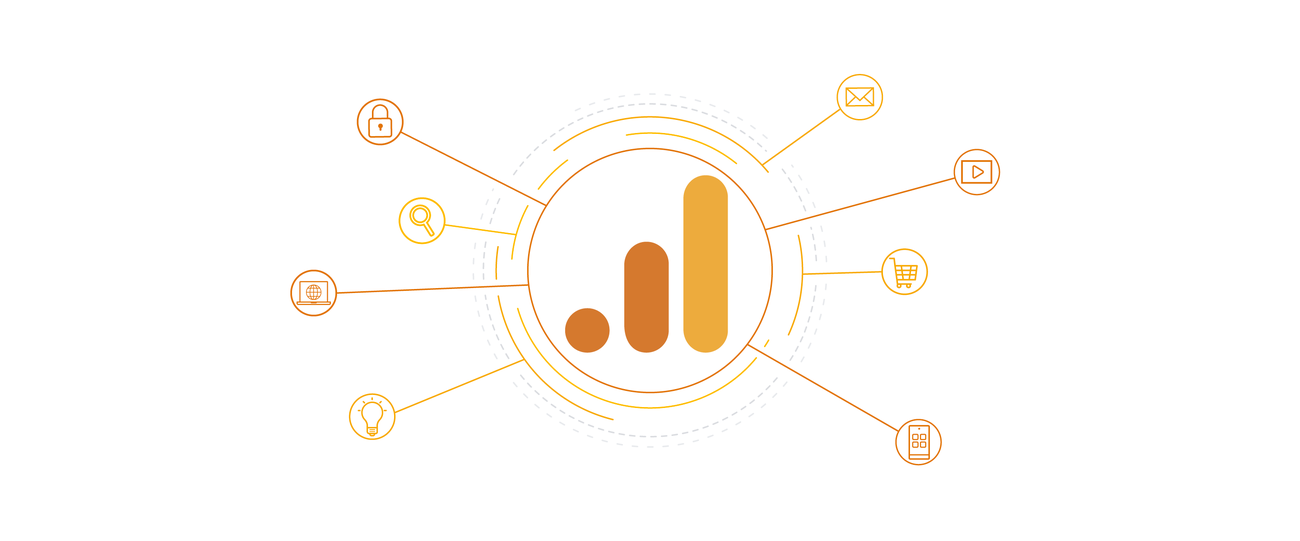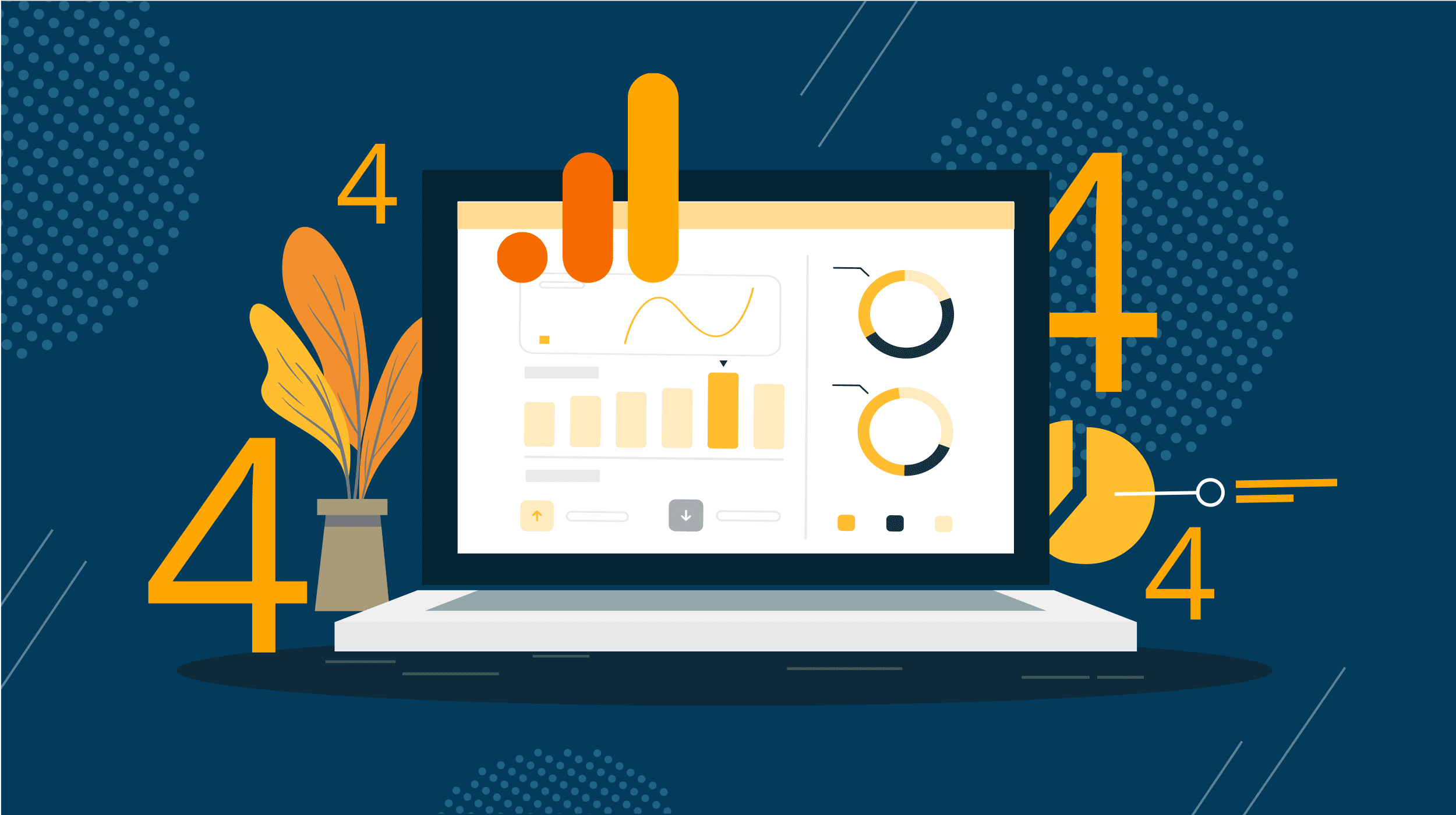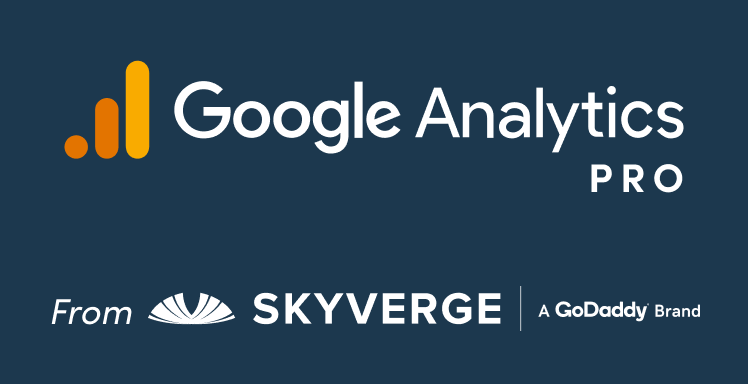When Does the Google Analytics Tracking Code Send an Event Hit to Analytics? A Deep Study Individual Interactions
When Does the Google Analytics Tracking Code Send an Event Hit to Analytics? A Deep Study Individual Interactions
Blog Article
Optimize Your Web Site Performance With Google Analytics Monitoring Code
In the digital landscape, understanding individual communications with your website is critical for optimization. This tactical execution not just informs your decisions yet likewise paves the method for a more appealing individual experience.
Comprehending Google Analytics
Recognizing Google Analytics is crucial for website owners and marketers aiming to enhance their on the internet existence. This powerful device gives essential understandings into individual habits, permitting stakeholders to make data-driven choices. By tracking different metrics, such as web page views, bounce rates, and individual demographics, Google Analytics helps recognize which elements of a site are executing well and which need renovation.
Among the crucial functions of Google Analytics is its capacity to sector data. Customers can assess web traffic resources, user engagement, and conversion prices throughout different sectors, such as geographical places or tool kinds. This granularity allows marketing professionals to tailor their techniques to certain target markets, thereby improving the effectiveness of their projects.

Establishing Up Tracking Code
To harness the complete potential of Google Analytics, setting up the monitoring code appropriately is a basic step. The tracking code, a snippet of JavaScript, enables Google Analytics to collect information about customer interactions on your internet site. To begin, visit to your Google Analytics account and browse to the Admin section. Under the Building column, choose "Monitoring Info" and afterwards "Monitoring Code." Here, you will certainly find your distinct monitoring ID, which begins with "UA-" adhered to by a collection of numbers.
Next, you'll require to install this code right into the HTML of your web site. Preferably, put the tracking code prior to the closing tag on every web page you desire to monitor. If you're utilizing a material administration system (CMS) like WordPress, think about using plugins that help with very easy combination.
After applying the code, it's vital to validate its capability. Make use of the "Real-Time" records in Google Analytics to confirm that information is being accumulated as expected. By guaranteeing appropriate arrangement, you produce a strong foundation for efficient data analysis and strategic decision-making to improve your site's performance.
Trick Metrics to Screen
Consistently monitoring key metrics in Google Analytics is essential for evaluating your website's efficiency and customer involvement. Amongst the fundamental metrics to track are web page sights, which offer understanding right into just how commonly individuals see different web pages on your website. Furthermore, special site visitors assist you understand the reach of your content by showing the number of distinct users are engaging with your site over a given period.
Bounce rate is one more vital metric, exposing the percent of visitors that leave your website after viewing just one page. A high bounce rate may signal concerns with material significance or individual experience. On the other hand, session duration suggests exactly how lengthy visitors remain on your site, helping you determine content efficiency and customer passion.
Conversion prices are crucial find for determining the success of your site in achieving certain goals, such as kind entries or product acquisitions (when does the google analytics tracking code send an event hit to analytics?). Keeping an eye on website traffic resources is additionally key, as it helps identify which networks drive one of the most traffic and conversions, allowing for more targeted marketing techniques
Studying Visitor Actions

Furthermore, tracking individual paths via the website helps expose usual navigation patterns. This details is crucial in figuring out whether individuals can easily find the content they look for or if they experience challenges that lead to frustration. Recognizing high exit web pages can highlight areas that might need redesign or more appealing content to get more retain visitors.
Furthermore, segmenting users based upon demographics, rate of interests, and actions gives a deeper understanding of the target audience. This division makes it possible for organizations to customize content and advertising approaches better, raising the chance of conversions. Eventually, analyzing site visitor actions not only informs site enhancements but additionally promotes an extra user-centric approach, causing enhanced complete satisfaction and commitment with time.
Implementing Data-Driven Adjustments
Carrying out data-driven modifications is necessary for boosting website performance and accomplishing company goals. By leveraging insights collected from Google Analytics, businesses can recognize locations for renovation and make educated choices to optimize individual experience.
First, examine key efficiency indications (KPIs) such as bounce prices, session period, and conversion prices to determine certain problems impacting individual engagement - when does the google analytics tracking code send an event hit to analytics?. For example, a high bounce price on a touchdown page may show that the web content is not reverberating with visitors or that the web page takes also lengthy to lots

Conclusion
In final thought, the execution of Google Analytics tracking code is important for enhancing internet site efficiency. By accurately keeping track of customer actions and key metrics, important insights can be gotten, facilitating data-driven decision-making - when does the google analytics tracking code send an event hit to analytics?. This process not just boosts individual experience yet likewise Learn More lines up with wider organization purposes. Constant evaluation and subsequent changes based on accumulated information will cause continual enhancements, ultimately contributing to the general efficiency and success of the website.
By tracking different metrics, such as web page sights, bounce rates, and individual demographics, Google Analytics assists determine which facets of a web site are doing well and which need enhancement.
Individuals can examine traffic resources, individual interaction, and conversion prices across different segments, such as geographic areas or device types. The monitoring code, a bit of JavaScript, allows Google Analytics to gather data regarding user interactions on your site.Consistently keeping an eye on vital metrics in Google Analytics is important for analyzing your website's performance and user engagement. By leveraging Google Analytics, internet site owners can get important insights into how users interact with their website.
Report this page